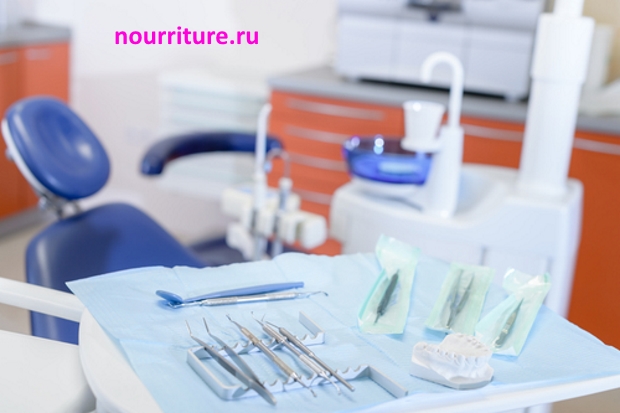List of Diseases
Osteomyelitis of the jaws

- infectious inflammatory process in which all elements of the jaw bone are affected.

Symptoms, course.In acute osteomyelitis: spontaneous pulsating pain in the jaw, headache, chills, temperature up to 40°C. The affected tooth is found with a necrotic pulp (possibly with a filling); it and the adjacent teeth are sharply painful and mobile. Swollen, asymmetrical face. The transition fold is hyperemic and smoothed. The lymph nodes are enlarged and painful. Osteomyelitis is often complicated by an abscess, phlegmon. In the blood, neutrophilic leukocytosis, ESR is increased.
Treatment. Removal of affected teeth and small sequesters through fistula passages, with the separation of large sequesters-sequestrotomy. Immunomodulating drugs in children. If there is a threat of a pathological fracture – splinting.
There are hematogenic, traumatic and odontogenic osteomyelitis.
Etiology of odontogenic osteomyelitis-microflora of root canals of teeth and dental pockets (streptococci, staphylococci, anaerobes).
Pathogenesis is associated with the spread of the inflammatory process to the bone tissue. Pathogens of infection penetrate from the periodontium through the lymphatic vessels and bone tubules. The role of previous microbial sensitization of the body is important.
Pathogenesis is associated with the spread of the inflammatory process to the bone tissue. Pathogens of infection penetrate from the periodontium through the lymphatic vessels and bone tubules. The role of previous microbial sensitization of the body is important.

Symptoms, course.In acute osteomyelitis: spontaneous pulsating pain in the jaw, headache, chills, temperature up to 40°C. The affected tooth is found with a necrotic pulp (possibly with a filling); it and the adjacent teeth are sharply painful and mobile. Swollen, asymmetrical face. The transition fold is hyperemic and smoothed. The lymph nodes are enlarged and painful. Osteomyelitis is often complicated by an abscess, phlegmon. In the blood, neutrophilic leukocytosis, ESR is increased.
Surgical treatment – removal of the so-called causal tooth, opening of the subcostal abscess, phlegmons. Broad-spectrum antibiotics. Ascorbic acid up to 1 g / day, antihistamines, analgesics, detoxification effects.
The prognosis depends on timely active treatment and the state of the resistant body. Often the process takes a chronic course. Symptoms of chronic osteomyelitis – fistulas with purulent discharge and granulations on the mucous membrane of the alveolar process and the skin of the face and neck, teeth are mobile and painful, facial asymmetry. Radiographic-bone sequesters. For a long time-months, years; frequent exacerbations. Osteomyelitis of the upper jaw can be complicated by sinusitis, thrombophlebitis of the facial veins. Possible pathological fracture of the lower jaw.
The prognosis depends on timely active treatment and the state of the resistant body. Often the process takes a chronic course. Symptoms of chronic osteomyelitis – fistulas with purulent discharge and granulations on the mucous membrane of the alveolar process and the skin of the face and neck, teeth are mobile and painful, facial asymmetry. Radiographic-bone sequesters. For a long time-months, years; frequent exacerbations. Osteomyelitis of the upper jaw can be complicated by sinusitis, thrombophlebitis of the facial veins. Possible pathological fracture of the lower jaw.
Treatment. Removal of affected teeth and small sequesters through fistula passages, with the separation of large sequesters-sequestrotomy. Immunomodulating drugs in children. If there is a threat of a pathological fracture – splinting.
